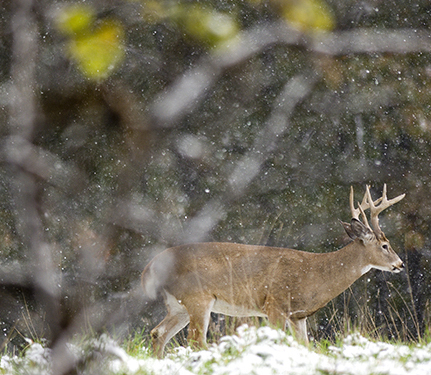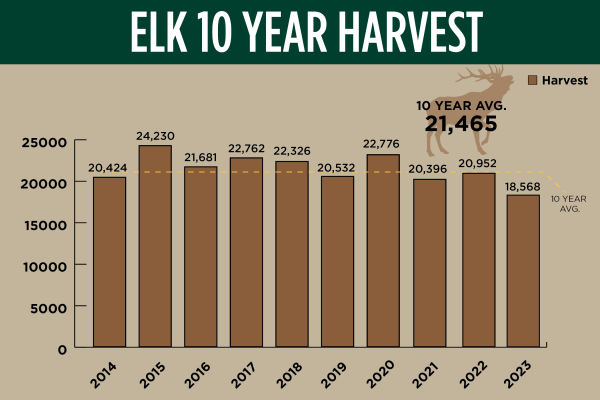2010 Firearm Deer Season Preliminary Harvest Estimates Similar to Last Year
GW: It’s hard to take the DNRE seriously when it states “we emphasized the need for hunters to take does…” when it raised antlerless license fees by 50 percent. In fact, it emphasized income over results thereby creating the impetus for failure on both accounts. When it comes to management, it matters not how hard one tries, or in this case, what is “empahsized.” Judgment is determined by results, plain and simple. Now on to the results reporting…
Initial estimates suggest Michigan firearm deer hunters killed about the same number of deer statewide this year as in 2009, according to the Department of Natural Resources and Environment (DNRE). Reports regarding deer harvest ranged widely, from significant increases in some locations to declines in others, potentially a result of concentration of deer around the excellent mast crops available this fall.
DNRE biologists estimate the harvest compared to 2009 was unchanged to up perhaps as much as 10 percent in both the Upper Peninsula and the Southern Lower Peninsula and down 5 to 15 percent in the Northern Lower Peninsula. Deer from throughout the state were reported to be in good condition, as indicated by improvements in antler development in all regions compared to last year.
As expected, with the mild conditions experienced in the winter of 2009-2010, deer numbers in both northern regions look to be recovering from the effects of prior winters. But hunter numbers appeared down – particularly on public land statewide – likely due to the opening day of the firearm season falling on a Monday this year.
“Most deer hunters support maintaining the traditional season dates of Nov. 15 through 30, but we consistently see a drop in hunter numbers in those years that the season opens on a Monday,” said DNRE Wildlife Division Chief Russ Mason. “This may need to be a topic for discussion as we move to form Regional Deer Advisory Teams and engage our conservation partners to discuss long-range management goals.”
“Antlerless quotas were set the same or lower in the Upper Peninsula and western portion of the Northern Lower Peninsula, but we emphasized the need for hunters to take does in the eastern portion of the Northern Lower Peninsula and much of the Southern Lower Peninsula,” said DNRE Deer Program Leader Brent Rudolph. “Efforts to control bovine tuberculosis in deer continue in the Northeastern Lower Peninsula. Although deer numbers appear stable over the last few years in much of the Southern Lower Peninsula, they’re still higher than we’d like to see in many places.”
Rudolph emphasized that the preliminary estimates will be replaced by final figures of harvest and participation generated by the annual mail survey completed once all deer seasons are concluded. Preliminary estimates last year suggested a decline of 10 to 20 percent from the prior season harvest, and the final mail survey results reflected a drop of 19.8 percent in the firearm kill.



